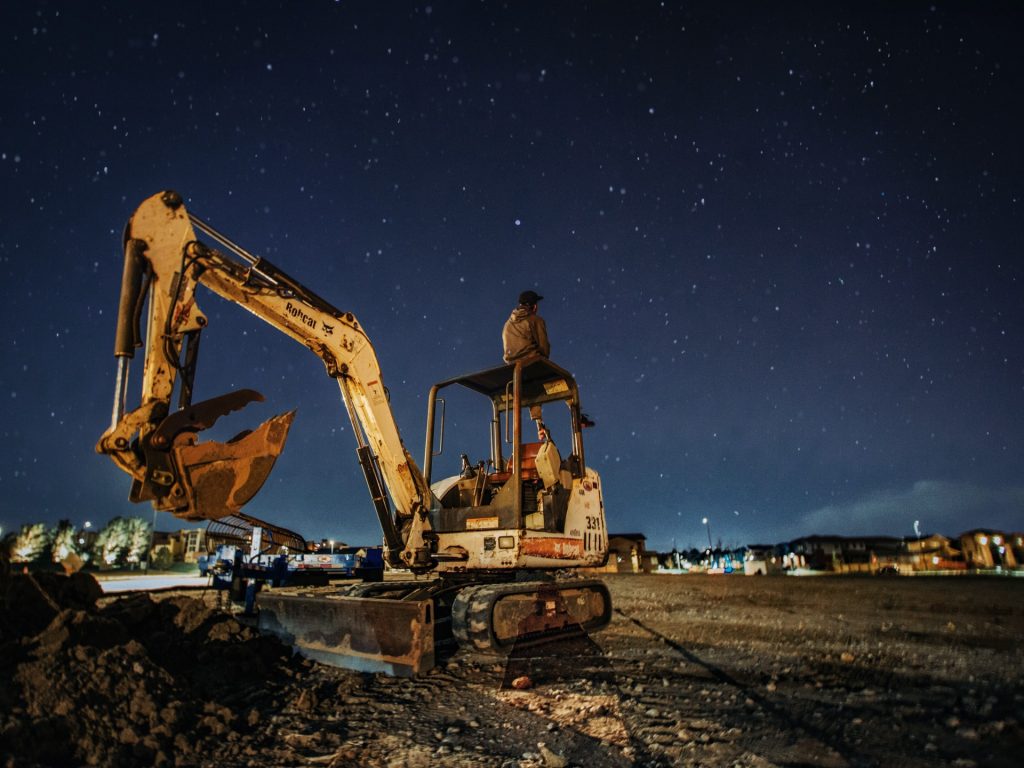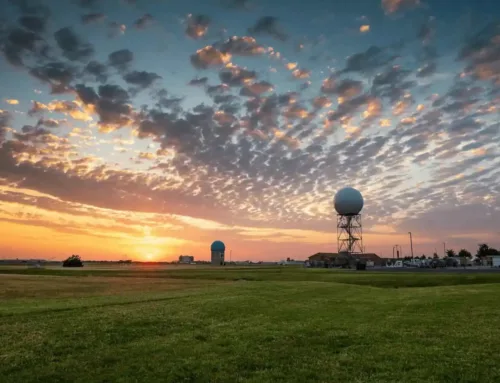What Exactly Is a Phase 1 Environmental Site Assessment?
A Phase I ESA identifies recognized environmental conditions (RECs) that could impact the value of a specific property. With these assessments, you will know whether the site has had any problems with chemical or hazardous materials in the past. It will help to protect both the buyer and seller in a real estate transaction.
Related: Does a Buyer or Seller Pay For a Land Survey?
Phase I Environmental Site Assessment Details
These assessments are also known as Phase I ESA. With that, research is completed to outline the current and historical uses of the property. These assessments are all part of a commercial real estate transaction. The existing property will be evaluated in the report where the groundwater or soil under the buildings could threaten the public’s safety or the environment.
Are you interested in finding an experienced company to handle your land survey? Reach out to the professionals at Millman National Land Services!
If there are any issues detected, it can lead to liability problems for the owner or lender. Along with that, the value of the property could decrease. However, when a Phase I ESA is conducted before the closing of a real estate transaction, it will often satisfy all those requirements under CERCLA (Comprehensive Environmental Response, Compensation and Liability Act).
These reports can be completed on many types of properties, such as:
- Multi-family residences
- Commercial buildings
- Industrial sites
- Agricultural properties
- Vacant lots
What Does a Phase I ESA Cover?
When you have a Phase I ESA completed on your land, it will include several steps. First, the visit is made to the site. With that, the assessor can observe the current and past conditions of the property.
After that, there is a review of federal, state, local, and tribal databases to find the locations of aboveground storage tanks (ASTs) or underground storage tanks (USTs). These tanks can lead to issues with hazardous substances leaching into the ground.
Once that is completed, serial records are examined. Fire insurance maps, historical city directories, aerial photographs, and topographic maps are all inspected. Some local and state agency records could be reviewed as well.
In addition, the current and past property owners, occupants, and others familiar with the property will be interviewed. There is also a review of the title and judicial records for any environmental liens that may have been placed against the property.
The process for a Phase I ESA can take about two weeks on a property with little history of development. However, in most cases, the review of reports can last for several weeks. On average, the total time for Phase I ESA is around 2 to 4 weeks.
Related: When Is an Environmental Site Assessment Needed?
Why Is the Phase I ESA Important?
This assessment is crucial because it protects the landowner’s liability, especially in those commercial real estate transactions. A well-prepared Phase I ESA is key to the due diligence process for the environment. Along with that, the report identifies any of those historical or present-day issues involving the site.
A Phase I ESA also identifies all those past uses that could make an impact on the site. For example, if the property was used for a gas station, dry cleaning business, or other industrial types, it significantly impacts the property’s environment. Some high-risk uses could affect the property for up to 40 years after the business vacated the property.
ALT-text: a closeup of dry soil
What Happens After the Phase I ESA Is Completed?
After the Phase I ESA is completed, you could be done with all the assessments. However, this depends on the findings in the report. In some cases, the specific real estate transaction requirements will need a Phase 2 or 3 assessment. If there is any evidence of possible contamination, then a Phase 2 assessment must be completed. In addition to that, some public agencies and lenders could request additional due diligence reports. Some of these reports could include:
- American Land Title Association Survey
- Hazardous Materials Survey
- Probable Maximum Loss Report
- Property Condition Assessment (PCA)
- Soil Testing
What Is the Difference Between Phase 2 and Phase 3 ESA Assessments?
Once contaminants have been discovered on the property, a Phase 2 ESA assessment must be completed. The report evaluates whether there are hazardous substances or petroleum products affecting the property. In most cases, trained and licensed engineers and geologists will conduct these tests. Samples will be collected from the ground, and they will be examined for any traces of these substances.
With a Phase 2 ESA assessment, the report will include the background on the regulatory and geologic environments. Plus, all those tests will interpret the chemical and geological data of that property. With that assessment, the property will be adequately evaluated whether it is a business risk or not. Like Phase 1, this ESA stage can last from a few weeks to several months to complete the tests.
With a Phase 3 ESA, contamination has been discovered at the site. This stage is known as the remediation phase. There will be plans for the resolution of contamination issues at the property. Environmental engineers and other inspectors already have the history and current conditions of the site, and they will work together to remedy any of these concerns. The phase can last anywhere from a few months to several years, depending on the extent of the contamination.
Related: What You Need To Know Before Making An Offer To Purchase Land
The Cost of These Assessments
When you need a Phase I ESA, the general cost generally ranges from $1,000 to $2,500 for the report. If there is a suspected case of containment, then you will move into a Phase 2 ESA. The costs for those tests and reports are significantly higher. Generally, you can expect to pay from $5,000 to over $200,000. Phase 3 ESA is expensive. Depending on the severity of the contamination, you could spend several thousand dollars to clean up the property.
All these ESA stages are vital to selling property, specifically for those commercial real estate transactions. In addition, these reports protect the landowner from any legal troubles that may arise in the future.
Need a land survey? Millman National Land Service has decades of experience to provide you with the best land services in the area!









